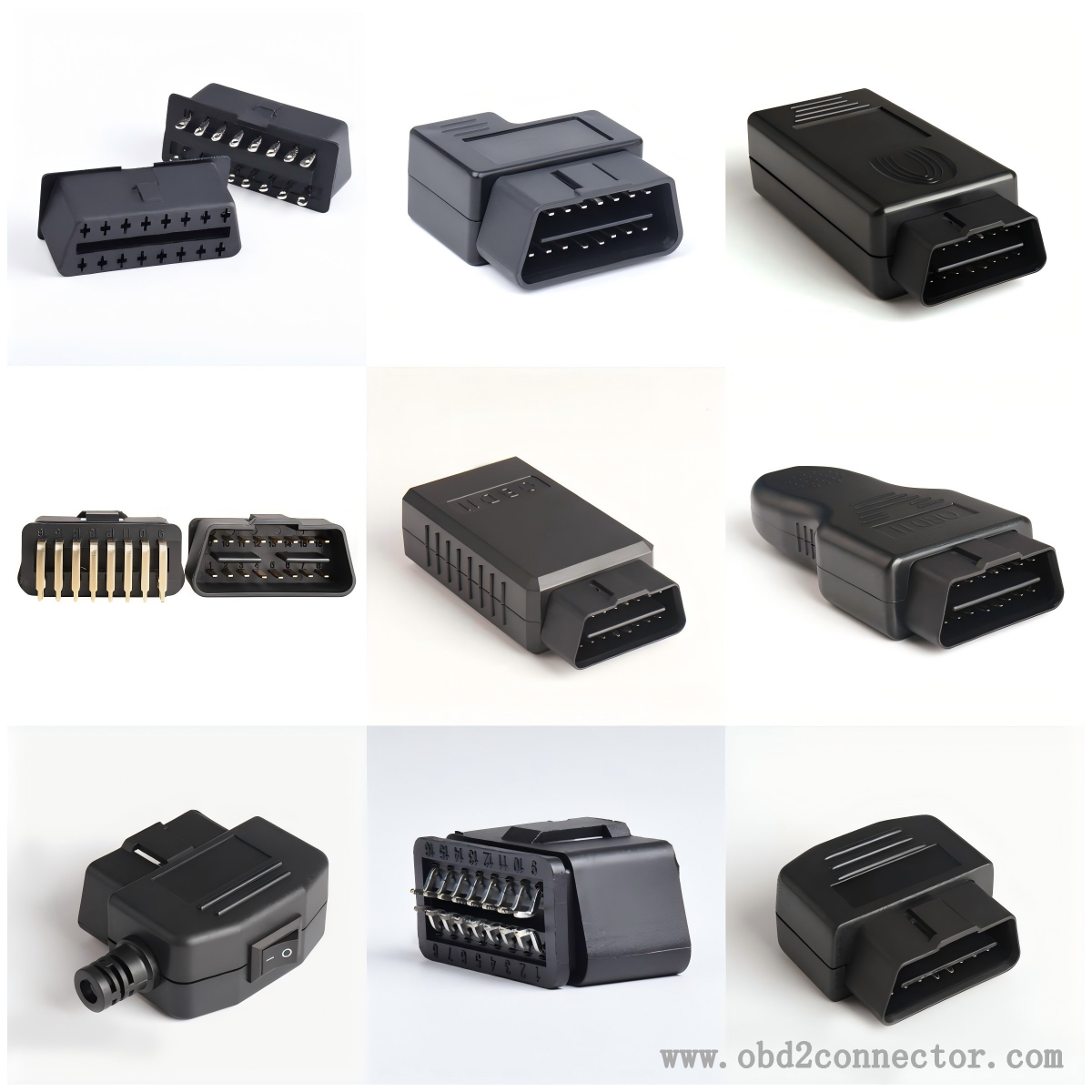What are the classifications of OBD2 connectors based on power output types
Type A
Power output: Provides+12V power output, suitable for most small cars and light vehicles, and can provide stable power supply for connected diagnostic equipment or other accessories.
Communication speed: It usually has a high communication speed, high data transmission efficiency, and can quickly and accurately communicate with the vehicle's electronic control unit (ECU) to achieve various diagnostic functions.
Application scenario: Mainly used in light vehicles such as household sedans and small passenger cars, whose electrical systems are usually designed based on a 12V power supply, and A-type connectors can be well matched with them.

Type B
Power output: Output+24V power, mainly used for some large vehicles such as trucks, buses, construction machinery, etc. The electrical systems of these vehicles require higher voltage to drive various devices and actuators.
Communication speed: Although slightly lower than the communication speed of Type A, it can still meet the diagnostic needs of large vehicles. Due to the relatively complex electronic systems and large amount of data in large vehicles, a lower baud rate can ensure the stability of data transmission.
Application scenarios: Widely used in commercial vehicles, heavy trucks, large buses, and various types of engineering machinery and equipment. The working environment of these vehicles is relatively harsh, requiring higher reliability and stability of the connectors. B-type connectors can better adapt to these environments.